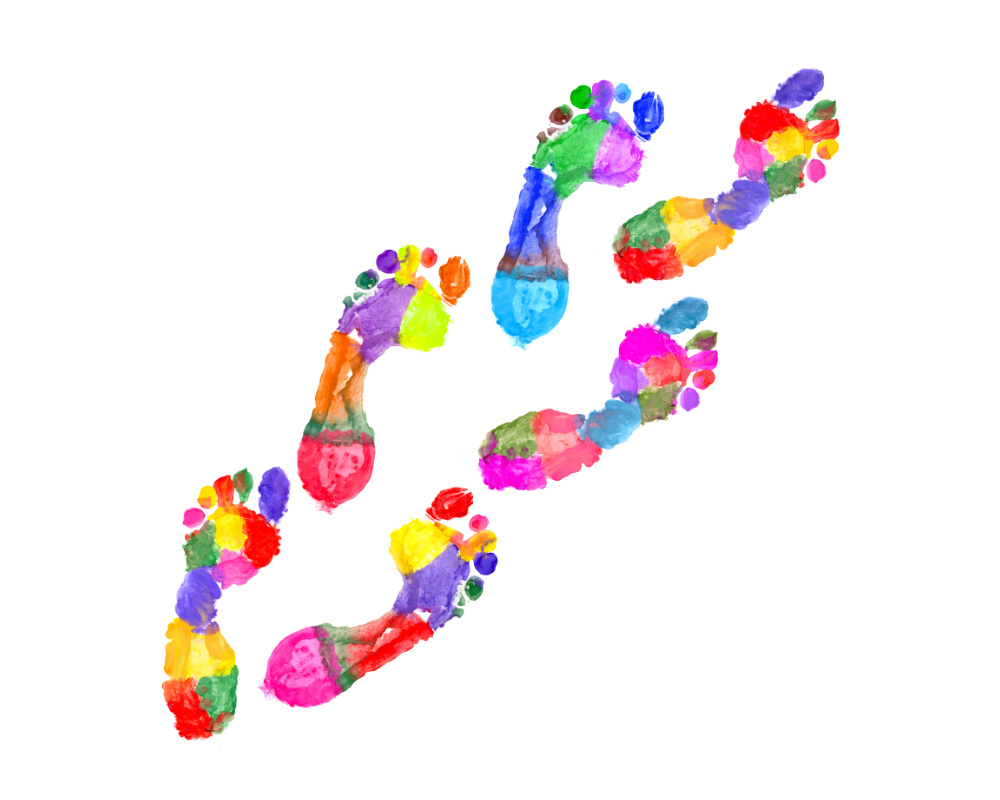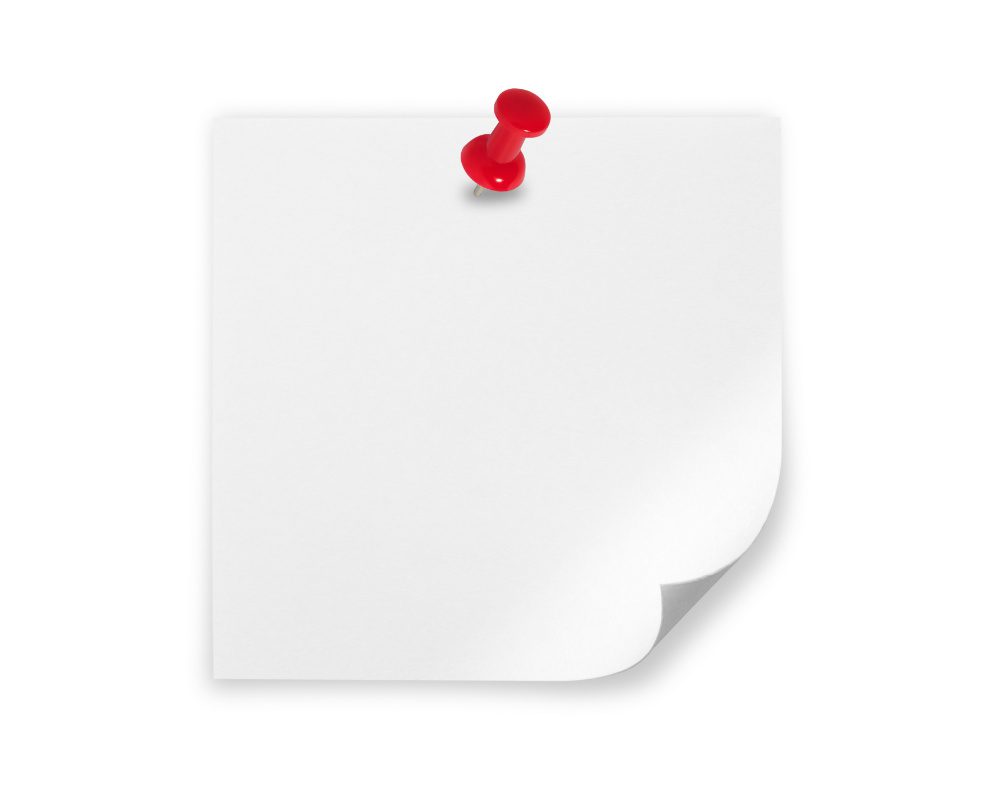
Did You Know?
Transitions happen throughout the day as children move from one activity or setting to another. Smooth transitions contribute to a positive environment and are opportunities to extend learning. Adequate time and practice are needed to help children learn transition routines. Once they master the routine, children often gain confidence from moving more independently through their day.
Many factors influence the success of transitions in any program including:
- Developmentally appropriate expectations
- Children’s ages and level of independence
- Clear and simple instructions
- Verbal and visual cues to support success
- Keeping children engaged during transitions
Try It: Tailoring Transitions
- Count the number of times children transition from one activity to the next or from one location to another.
Can some activities be combined to reduce the number of transitions that occur? - List all the ways you help children move smoothly from one activity to another.
Do you…- Provide signals that a transition is about to occur (example: “Five minutes until clean-up time. Begin finishing up.”)
- Provide visual cues and supports to help children meet expectations (example: bins are labeled with pictures and words)
- Use a timer to help signal transitions. Countdown timers provide visual cues of the amount of time remaining before the next activity begins
- Use music, rhythms, or playful approaches to transitions that keep children engaged
- Make sure all materials are prepared and ready when the next activity begins
- Explain clearly and simply what children are expected to do
- Rehearse transitions with the children to make sure they understand and can follow the routine
It might be helpful to step back and watch what happens during transition periods and jot down notes. Think about ways you can improve each part of the transition.
Transition
Before
During
After
Free-choice to whole group activity.
Provide visual cues and signals that the transition is upcoming.
Provide positive encouragement and reminders as children are putting materials away and moving to the large group area.
Once gathered as a whole group, talk about how well the children transitioned. Identify specific behaviors that met the expectations. For example, “Brandon helped Louis clean-up all the Legos.”


Resources and Share
For more information and guidance on structuring and managing transitions in your daily schedule, check out these resources:
Watch
See transition times in action! This video explores transitions in a daily schedule and shows ways you can support children to transition successfully: Using Transition Time.
Using songs is a great way to help children transition and get settled into the next activity. View this clip for ideas on transition songs in action! Preschool Transition Songs.
Read
This article offers practical information and strategies for understanding and preparing for transitions: Understanding Transitions.
Share
This article offers specific strategies for smooth and effective transitions: Reducing Challenging Behaviors During Transitions: Strategies for Early Childhood Educators to Share.

